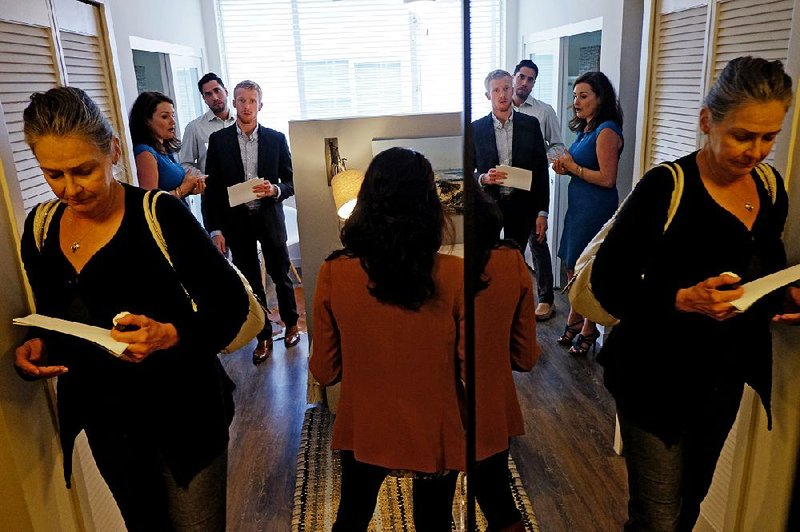LOS ANGELES -- Apartment dwellers should be prepared to see their rents rise again, soon.
Renting has gotten increasingly expensive over the past five years. The average U.S. rent has climbed 14 percent to $1,124 since 2010, according to commercial property tracker Reis Inc. That's 4 percentage points faster than inflation, and more than double the rise in U.S. home prices over the same period.
Now, even with a surge in apartment construction, rents are projected to rise another 3.3 percent this year, to an average $1,161, according to Reis. While that's slower than last year's 3.6 percent increase, the broader upward trend isn't going away.
"The only relief in sight is rents in the hottest markets are going to go up at a slower pace, but they're still going to go up," said Hessam Nadji, chief strategy officer at Marcus & Millichap, a commercial real estate services firm.
The main reason: More people than ever are apartment hunting.
Young people who have been living with their parents are increasingly finding jobs and moving out. Rising home prices are leading many long-time renters to stay put.
In addition, most of the new apartments coming on the market are aimed at affluent tenants and carry higher-than-average rents. That's especially true in cities where new buildings are going up in urban core areas, which means builders need to recoup higher land and development costs.
Consider Denver, where rents have increased more than 5 percent a year since 2010 -- 9.2 percent in 2014 -- according to Marcus & Millichap. Of the 9,400 new apartment units added last year, 23 percent were in urban core areas.
Competition for apartments means renters are less likely to be able to negotiate with landlords or win concessions such as a free month's rent.
The three metro areas with the biggest annual increase in rent in January, according to online real estate firm Trulia, were Denver (14.2 percent); Oakland, Calif. (12.1 percent); and San Francisco (11.6 percent).
Job growth in each of those cities also eclipsed the national growth rate of 2.3 percent over the 12 months that ended in January. Employment grew 3.7 percent in Denver, 2.7 percent in Oakland and 4.5 percent in San Francisco.
Traditionally, renting has been a steppingstone toward homeownership. When rents rise, tenants are motivated to buy sooner, especially when interest rates are near historic lows, as they are now.
But these days, renters are taking longer to buy. The U.S. homeownership rate ended last year at a 19-year low of 64.4 percent.
Between higher rents taking a bigger bite out of the bank account and sharply higher home prices, potential buyers are having more trouble saving for a down payment and qualifying for a mortgage.
And many millennials -- 18- to 34-year-olds -- simply prefer renting.
When renters stay put, fewer apartments are available for new tenants, which in turn drives up rents.
Developers added 238,000 apartments nationwide last year, a 14-year high, with another 210,000 expected this year, according to Marcus & Millichap.
In theory, more apartment construction should help pull down rents because landlords would compete for tenants. But 80 percent of new complexes, Nadji estimated, are high-end projects aimed at renters willing to pay a premium for amenities such as gourmet kitchens and concierge service.
How much of a premium? The average rent for apartments completed last year was $1,721. That's 46 percent higher than the average apartment rent for older units, according to Marcus & Millichap and data provider MPF Research.
"There's very little new supply being added anywhere else," said Nadji, "so that's why there's so much pressure on rents and very little choice for the average renter."
Business on 04/15/2015
